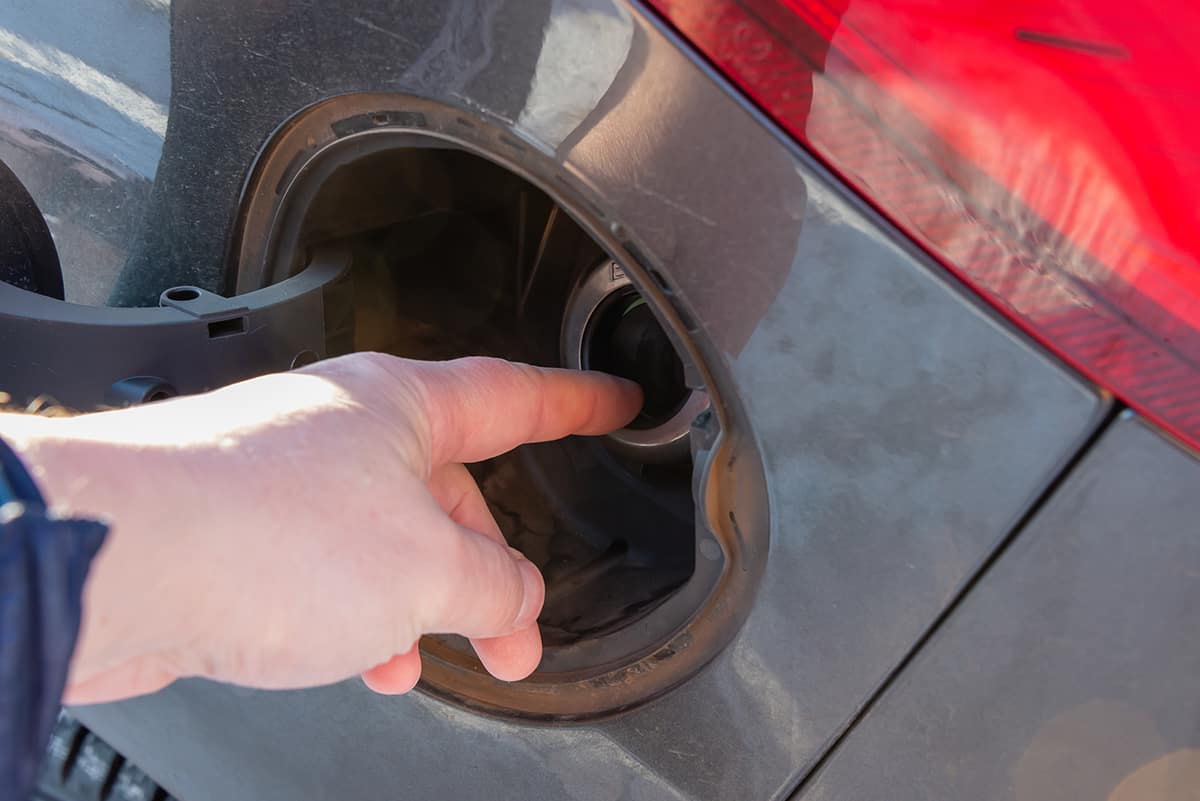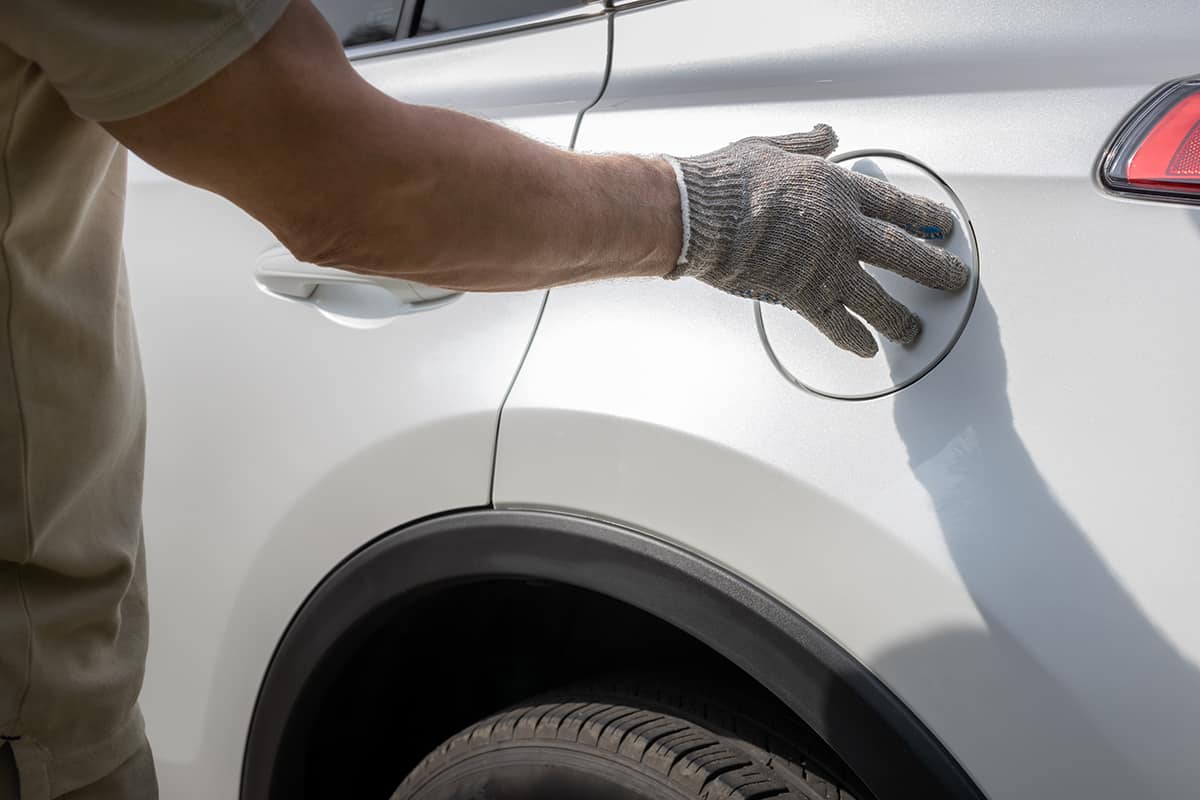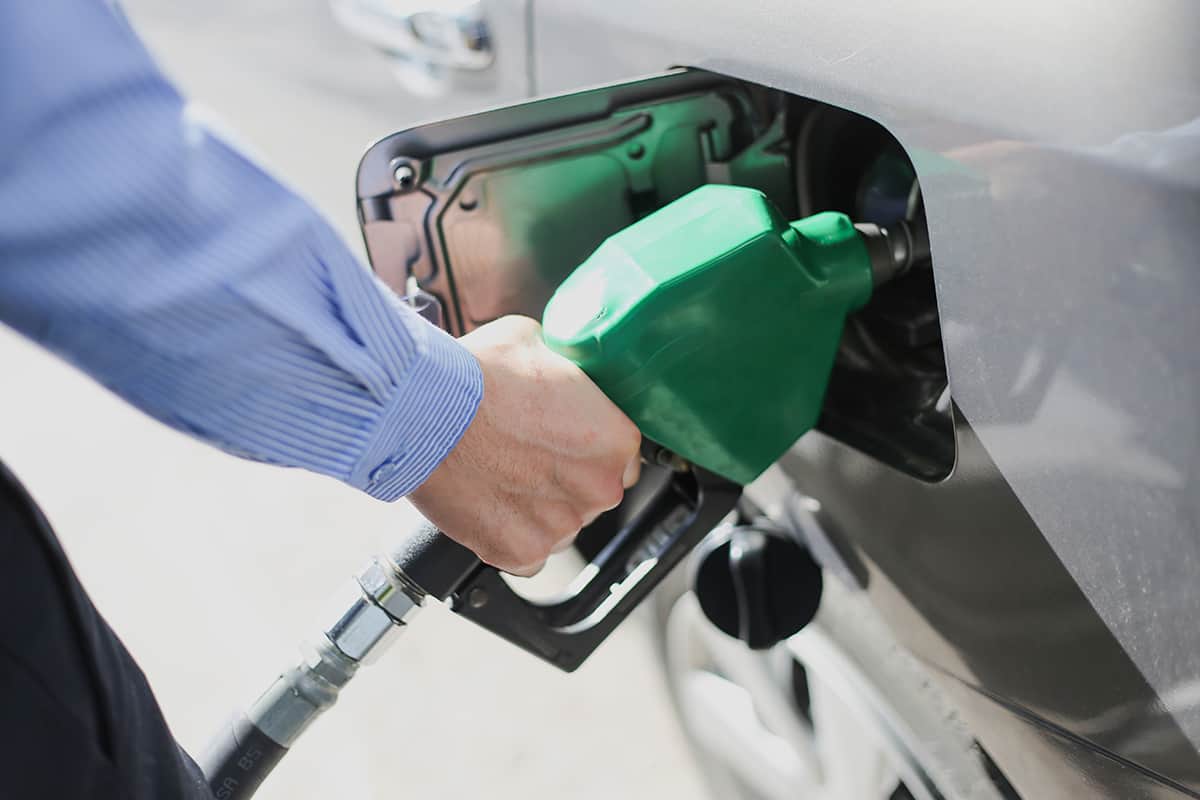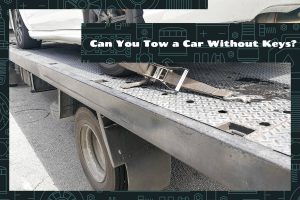Gas tank problems refer to issues that can arise with the fuel tank in a vehicle. It is essential to keep your gas tank in good condition to ensure that your car runs smoothly and efficiently. One common issue that can occur is a gas tank not filling up completely.
Your gas tank not filling up can be the result of various reasons, including:
- A faulty gas gauge
- A clogged fuel filler neck
- A malfunctioning fuel pump
- A leaky gas cap
In this guide, I’m going to explain how to troubleshoot the problem if your gas tank doesn’t fill up all the way, how to resolve the problem, and how you can prevent such issues from arising in the future.
Gas tank not filling up all the way – Causes & Fixes
Are you experiencing a problem where your gas tank doesn’t seem to be filling up all the way? This issue can be frustrating and potentially expensive if left unaddressed. There are several possible causes of this problem, from a faulty fuel gauge to issues with the fuel filler neck.
In this section, we will explore some of the common causes of gas tanks not filling up all the way, along with potential fixes for each issue.
1. A faulty gas gauge
A gas gauge, also known as a fuel gauge, is an instrument in a vehicle used to indicate the amount of fuel in the fuel tank. It is typically located on the instrument cluster above the steering wheel.
A faulty gas gauge is a common issue in vehicles that can cause inconvenience and even danger if not addressed. The most common cause of a faulty gas gauge is a problem with the fuel gauge sending unit. Other causes may include bad wiring between the gauge and the fuel sender, a blown fuse to the fuel gauge, and a faulty fuel gauge itself.
Troubleshooting a faulty gas gauge
- Fill the fuel with the tank
- Check the wiring near the tank or sending unit.
You can also use a digital multimeter and an electrical wiring diagram to test the gauge and sender. Other troubleshooting steps include inspecting the sending unit and testing its voltage supply, checking for a blown fuse, and testing the instrument cluster self-test
How to fix a faulty gas gauge
There are several things you can try to fix a problematic gas gauge, including:
- Resetting the gas gauge needle following the manufacturer’s instructions.
- Checking the wiring for loose connections or frayed wires.
- Fixing a bad ground wire.
- Replacing a blown fuse.
- Replacing the fuel gauge.
2. A clogged fuel filler neck

A fuel filler neck is a component of a vehicle’s fuel system that provides a pathway for fuel to enter the fuel tank from the external fuel cap. It connects the fuel filler port to the fuel tank and is usually made of metal or rubber.
The fuel filler neck can become clogged due to a build-up of dirt or debris on the neck, a defective fuel cap, or a malfunctioning EVAP system that causes high pressure in the fuel tank.
Troubleshooting a clogged fuel filler neck
A clogged fuel filler neck can cause a variety of issues with your vehicle, including fuel smell, EVAP system problems, and an illuminated Check Engine Light. Build-up on the neck or a loose or damaged gas tank filler cap can cause the gas to flow erratically or become clogged, so it’s important to inspect and clean the neck and cap regularly.
To troubleshoot a clogged fuel filler neck, check for damage, clean the neck and cap, and consider replacing the neck if necessary
How to fix a clogged fuel filler neck
- Remove the fuel filler cap and empty the fuel into the fuel filler neck fueling up the tank. Try not to drain any fuel on the ground or neck area. Check for leaks after 15 minutes.
- If the neck is clogged with dirt or debris, use a soft brush to clean it and be careful not to damage the seal.
3. A malfunctioning fuel pump
A fuel pump is a component used in automobiles that delivers fuel from the fuel tank to the carburetor or fuel injector of the internal combustion engine. Its main function is to deliver fuel to the fuel injectors or carburetor, injecting fuel into the combustion engine system.
Fuel pump malfunctions can be caused by a variety of factors. The most common causes include fuel contamination, clogged strainers or filters, low fuel levels, and wear and tear due to age. Poor quality fuel, rust, and debris in the fuel tank, as well as overheating, can also contribute to fuel pump failure.
Troubleshooting a malfunctioning fuel pump
- Listen for the fuel pump when turning the ignition key to the on position, and if it does not turn on, the fuse and relay should be checked.
- If the engine does not start, the fuel pump should be checked after verifying that the problem is fuel-related, and a fuel pressure gauge can be used to measure fuel pressure.
- Other signs of a malfunctioning fuel pump include stalling, rising engine temperature, and loss of power under stress, which can also indicate the need for fuel pump replacement.
How to fix a malfunctioning fuel pump
- A temporary fix can involve using external pressure or heat to get the pump to function, although these are not long-term solutions.
- Ultimately, if the fuel pump is faulty, replacement may be necessary.
4. A leaky gas cap
A gas cap is a component that is typically found on vehicles with internal combustion engines. Its purpose is to provide a reliable seal that prevents dirt, debris, and dust from entering the gas tank. The gas cap also plays a significant role in converting dangerous fuel vapor into harmless discharge in the car’s emissions system.
A leaky gas cap can be caused by a variety of factors, including a damaged or worn-out O-ring that seals the connection between the gas cap and the fuel tank, a warped or damaged gas cap, or a loose or incorrectly installed gas cap.
Troubleshooting a faulty leaky gas cap
- Ensure that the rubber seal on the gas cap is not damaged or worn out. If it is, replace the gas cap with a new one.
- If the gas cap is not tightened properly, it can cause a leak. Make sure the gas cap is tightened until you hear a clicking sound.
- A damaged or cracked fuel tank can cause leaks. Inspect the fuel tank for any visible damage. If you see damage, take your vehicle to a mechanic to have it repaired.
How to fix a leaky gas cap
- Replace the O-ring.
- Check and clean the gas cap.
- Grease the gasket.
- Replace the gas cap.
How to Prevent Gas Tank Not Filling Up All the Way?

Do you find yourself constantly struggling with a gas tank that won’t fill up all the way? This frustrating issue can make it difficult to keep your car running smoothly, but the good news is that there are some simple steps you can take to prevent it from happening.
1. Regular maintenance
Regular maintenance is key to preventing gas tank issues. Some tasks to include in your checklist are checking the gas cap, inspecting fuel and vapor lines, and cleaning the fuel tank. These simple steps can keep your fuel system running smoothly and avoid costly repairs.
2. Safe fueling practices
Safe fueling practices are crucial for avoiding gas tank issues. To prevent overfilling, only fill the tank to the recommended level and avoid topping off. Using the correct type of fuel is also important; check your owner’s manual for guidance. Following manufacturer recommendations and taking care when fueling can help prevent costly repairs and keep your car running smoothly.







